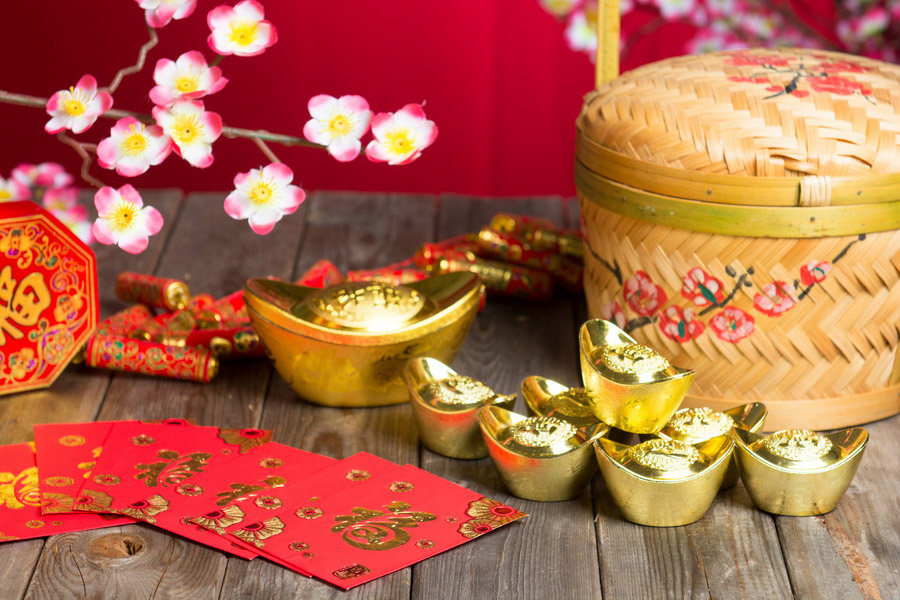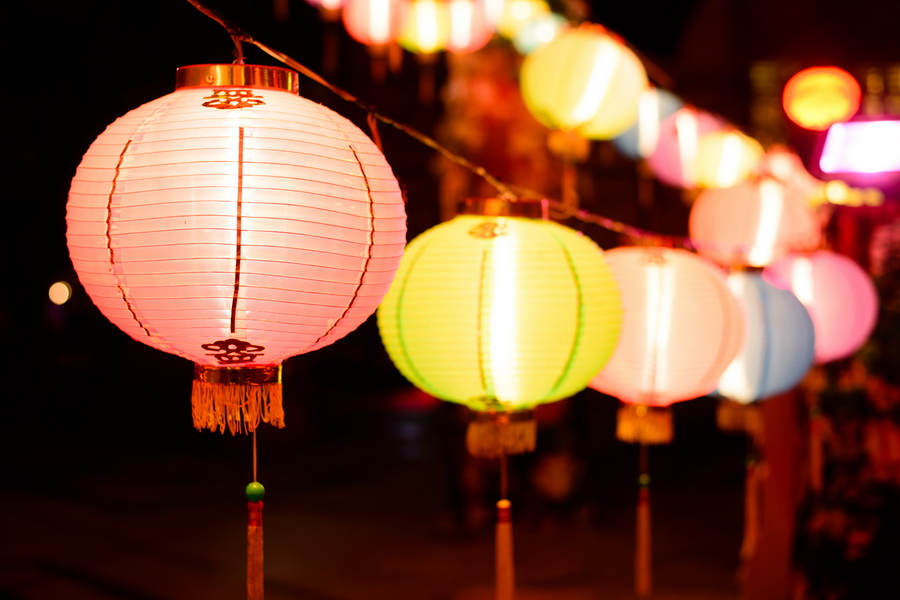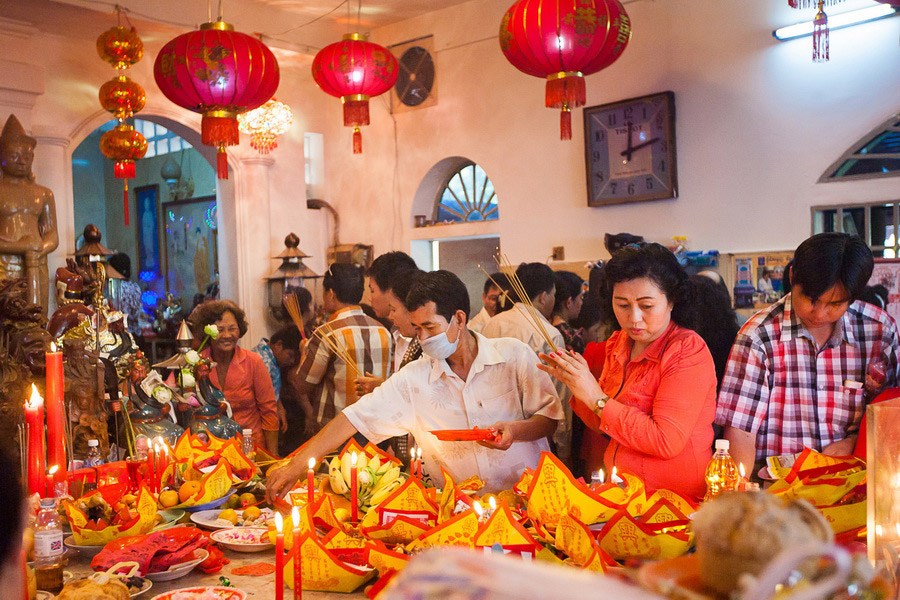
China pays great attention to the ancient customs and traditions, one of which is celebration of Chinese New Year, also known as “Chuntsze” (Spring Festival) or Lunar New Year. This New Year festival is considered the most respected and long-lasting holiday in this country: it is celebrated within fifteen days and declared an official public holiday. The date of Chinese New Year is “variable”, since it is calculated based on the Lunisolar Chinese Calendar and changes from one year to the next. Traditionally, this date is connected with the end of full moon cycle, adumbrative by winter new moon. In Gregorian calendar it falls on the day between 21 January and 21 February. It is worthy to note, that New Year in China, per ce, is celebrated twice: first according to the Gregorian style, and then by the Chinese one.
Every New Year is associated with one of the twelve animals of the Zodiac Chinese Calendar: a rat, bull, tiger, rabbit, dragon, snake etc. A well-known Chinese legend says that these animals were chosen by order of the great Nephritis Emperor, who had sent his loyal servant from the heavens to the earth to bring them. Besides, every year is attributed to one of the five main ele-ments of the Chinese horoscope: metal, water, wood, fire and earth. All this in many aspects characterizes Chinese New Year, inseparably associated with various ancient symbols each of which has its own legend connected with its origin.

For instance, traditional scrolls and red lanterns, used in China to decorate the houses for New Year according to the ancient beliefs, are connected with a fierce mythical beast by name Nyan’. Every day of the New Year it attacked the villages and townships, devouring all food resources, kidnapping and killing the people. The people began placing food for Nyan’ near their houses in hope that it would be a surety of their safety, but the beast kept on vandalizing. One day Nyan’ met with a little child in red cloth, got scared and much to peoples’ surprise, cut and ran. And when the beast’s weak point was revealed, the Chinese began hanging red lanterns and scrolls at their house windows and doors every New Year. The tradition to finish the holiday night of the Chinese New Year by launching petards and fireworks is also connected with Nyan’s deterrence.
Few days before each Lunar New Year the Chinese usually arrange clearing-out of their houses, and discard flotsam and jetsam without qualms. They believe that such rite purifies their houses from all dislocations of the old year and attracts fortune. Furthermore, before the holiday it is obligato-ry to buy new clothes, have hair dressed, pay off the debts, i.e., to exert every effort to enter the New Year renewed and purified from emanation of biological energy of the old year.

The most important tradition connected with a New Year party is a family gathering for solemn dinner when all the family members who live in other cities and countries come back home. A festive table is served with duck, chicken and pork, as well as various confectioneries. The Chinese New Year sky is illuminated with multicolored flashes of fireworks, the air is resounded with a peal of bursting petards. On the day following the Chinese New Year night, it is customary to visit elder relatives and neighbors. Children congratulate their parents, who in their turn, give presents to them – money in red envelops. People in many houses burn bamboo sticks to charm fends away with smoke. Some of the following days of the festival are per se independent holidays. Thus, the Chinese observe the birthday of God of Wealth on the fifth day, arrange a solemn family dinner again on the eighth day, and offer prayers to Heavenly Nephritis Emperor and hold festivities in his honor on the ninth and tenth days. The last fifteenth day is closed with a Lantern Festival –outside the houses, throughout the city, people hang out live lanterns and light candles for the lost departed spirits could come back home. This day by tradition, they eat fleurons made of sticky rice with a sweet stuffing – “yuan’syao” (or “tanyuan”). Normally, they hold various folklore performances such as the lion dance and walking on stilts.
Chinese New Year is observed not only in China, but also in the countries whose territories are dom-inated or inhabited with the Chinese in considerable number, among them are Hong-Kong, Macao, Taiwan, Singapore, Indonesia, Malaysia, Mauricio, the Philippines, as well as Chinese blocks in major cities all over the world.

